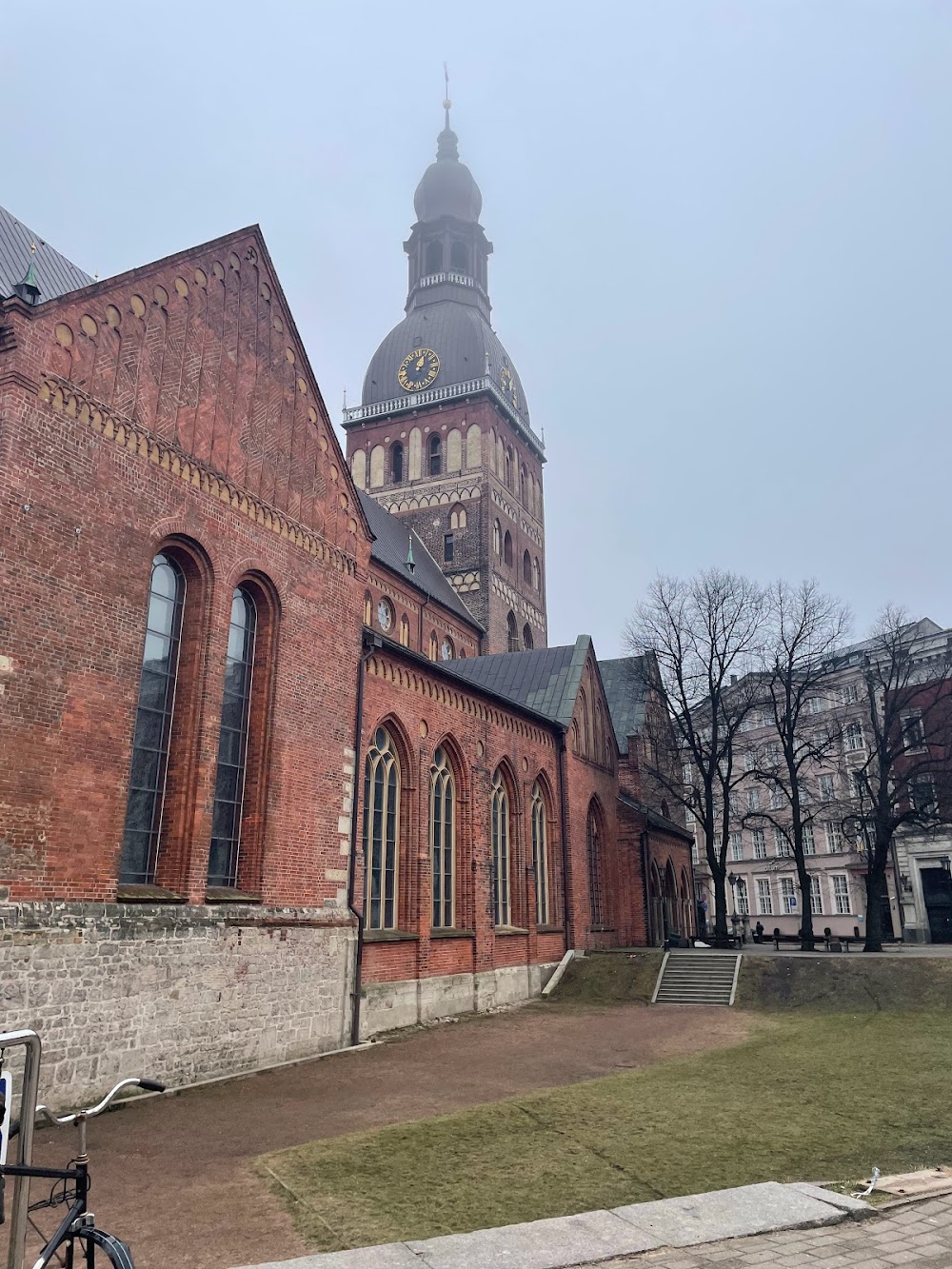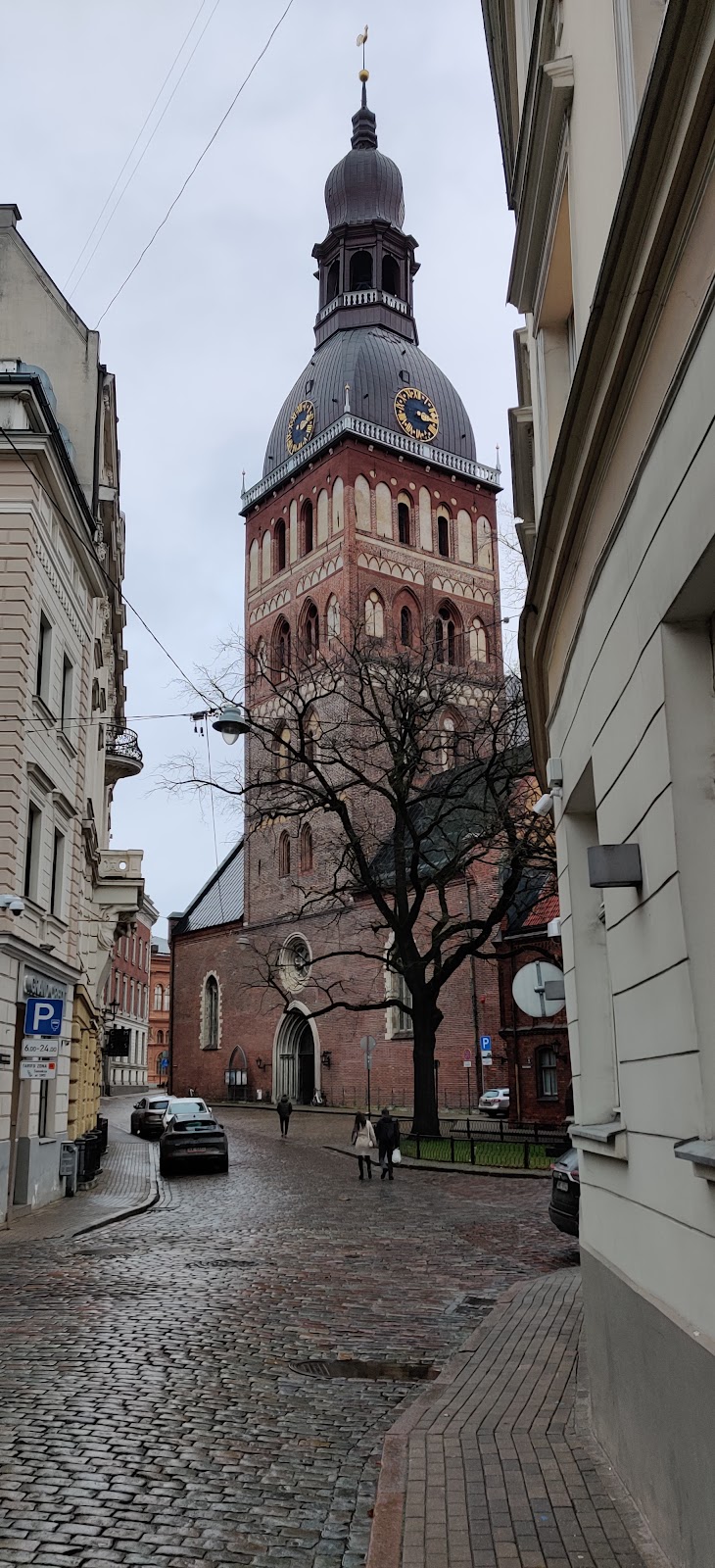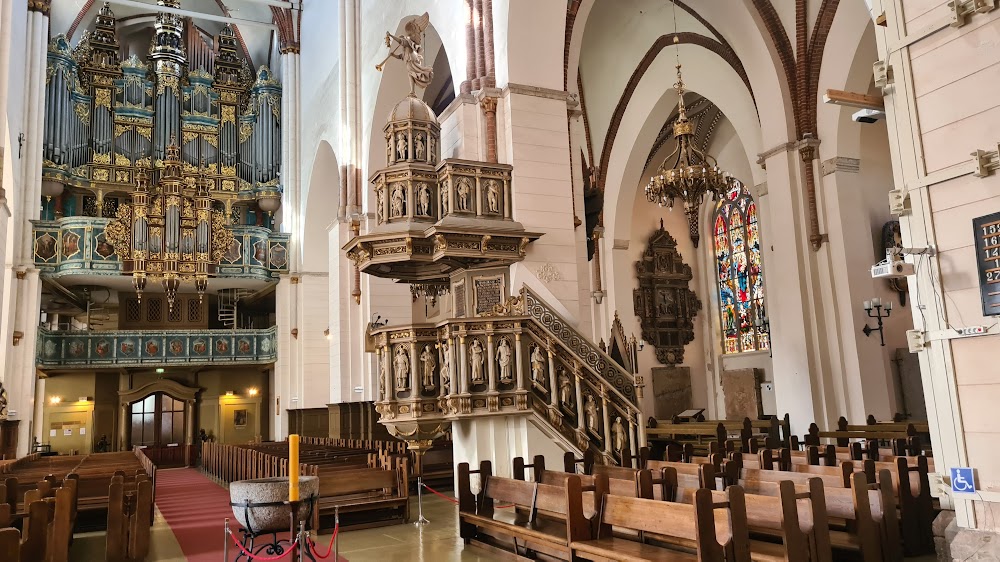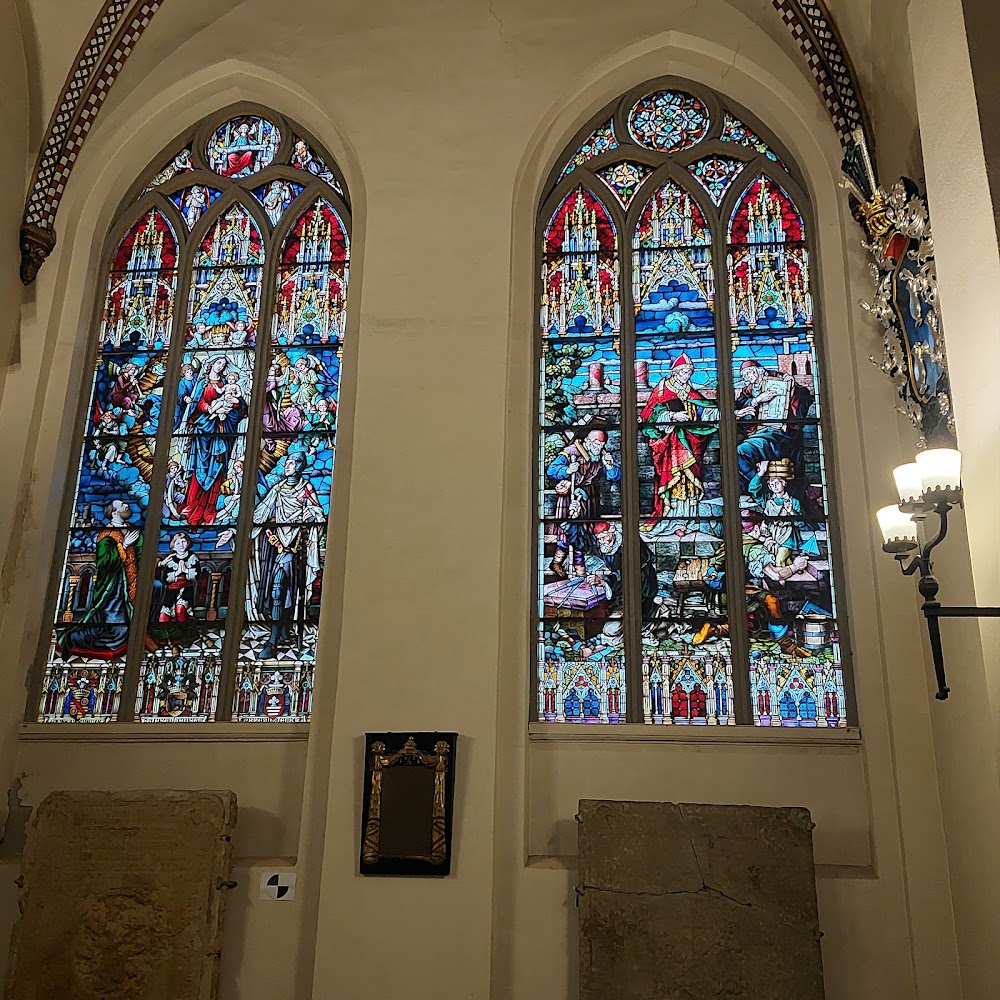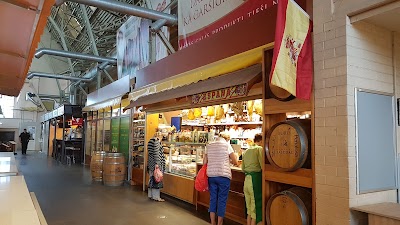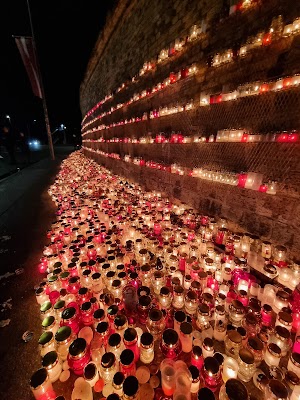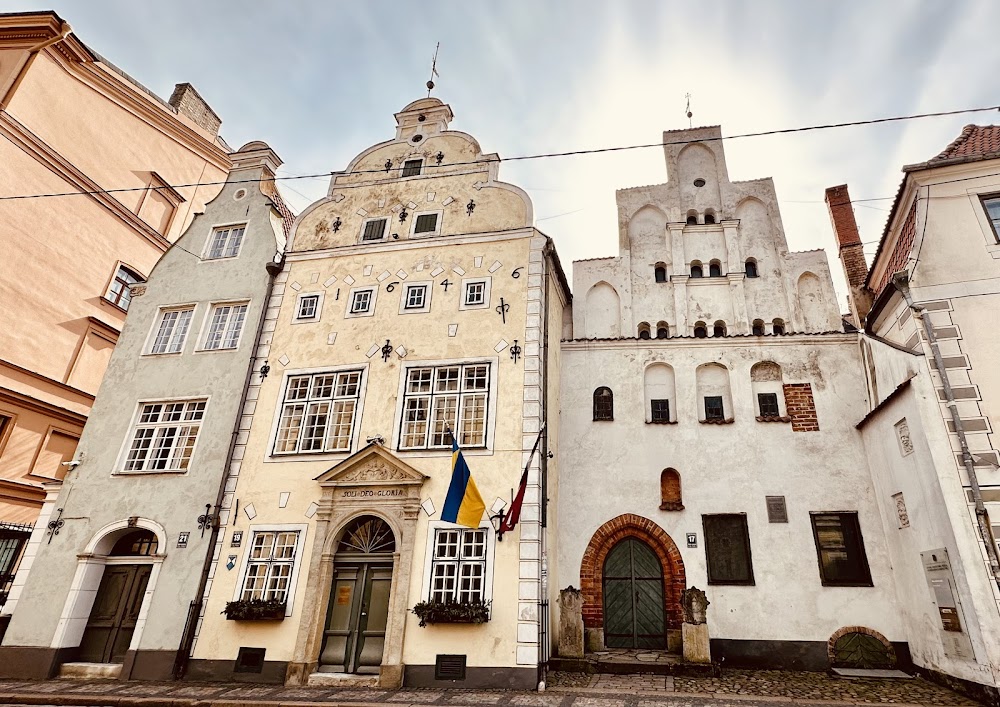Riga Cathedral (Rīgas Doms)
Overview
**Riga Cathedral: A Marvel of Architectural Heritage**
Riga Cathedral, also known as the Dome Cathedral, stands as one of the most significant and imposing landmarks in Riga, Latvia. This historic and architectural treasure reflects the city’s rich cultural heritage and serves as a central point of interest for visitors from around the globe.
**A Journey Through Time**
Construction of Riga Cathedral commenced in 1211, commissioned by Bishop Albert, the founder of Riga. His vision was to create a grand church that would serve as the central place of worship for the region. Initially designed in a Romanesque style, the cathedral has undergone numerous modifications and expansions over the centuries, incorporating elements of Gothic, Baroque, and even Art Nouveau.
The building process was complex, spanning several decades. Local materials were initially used, including limestone from Salaspils and bricks from nearby kilns. As construction progressed, master craftsmen from various parts of Europe contributed their skills, resulting in a stunning blend of architectural styles that can be appreciated today.
**The Iconic Tower**
One of the cathedral’s most notable features is its impressive tower, which has been rebuilt and modified multiple times due to fires and the ravages of war. Standing at approximately 90 meters (295 feet), the tower offers a majestic view of Riga's skyline. The current structure was completed in the 18th century, during a Baroque renovation that enhanced its grandeur and prominence in the city.
**A Musical Masterpiece Inside**
Inside, visitors can marvel at one of the largest and most beautiful pipe organs in Europe, crafted by E.F. Walcker & Sons in the late 19th century. This remarkable instrument boasts over 6,700 pipes and is the centerpiece of many renowned musical performances, attracting organists and music enthusiasts from around the world.
The interior of Riga Cathedral is equally breathtaking, featuring high arches, intricately carved wooden pews, and stunning stained-glass windows. The Gothic-style altar, adorned with Renaissance and Baroque elements, showcases the cathedral’s layered history and artistic evolution throughout the centuries.
**A Center of Community and Culture**
Throughout its history, Riga Cathedral has served as more than just a place of worship; it has been a hub for cultural and community gatherings. The cathedral has witnessed countless historical events, including royal ceremonies, important city council meetings, and periods of turmoil, during which it provided sanctuary to the people of Riga.
The 20th century brought challenges during the Soviet occupation of Latvia, when religious practices were restricted, and the building was repurposed for secular uses, including a concert hall and museum. Fortunately, extensive restoration work was undertaken after Latvia regained its independence in 1991, allowing the cathedral to be rededicated for religious services and cultural events.
**A Living Symbol of Resilience**
Today, Riga Cathedral stands as a testament to the resilience and enduring spirit of Riga and its people. It continues to function as an active place of worship, welcoming visitors who come to admire its architectural beauty, rich history, and vibrant cultural significance. The cathedral remains a central symbol of the city, embodying centuries of tradition, faith, and community.


